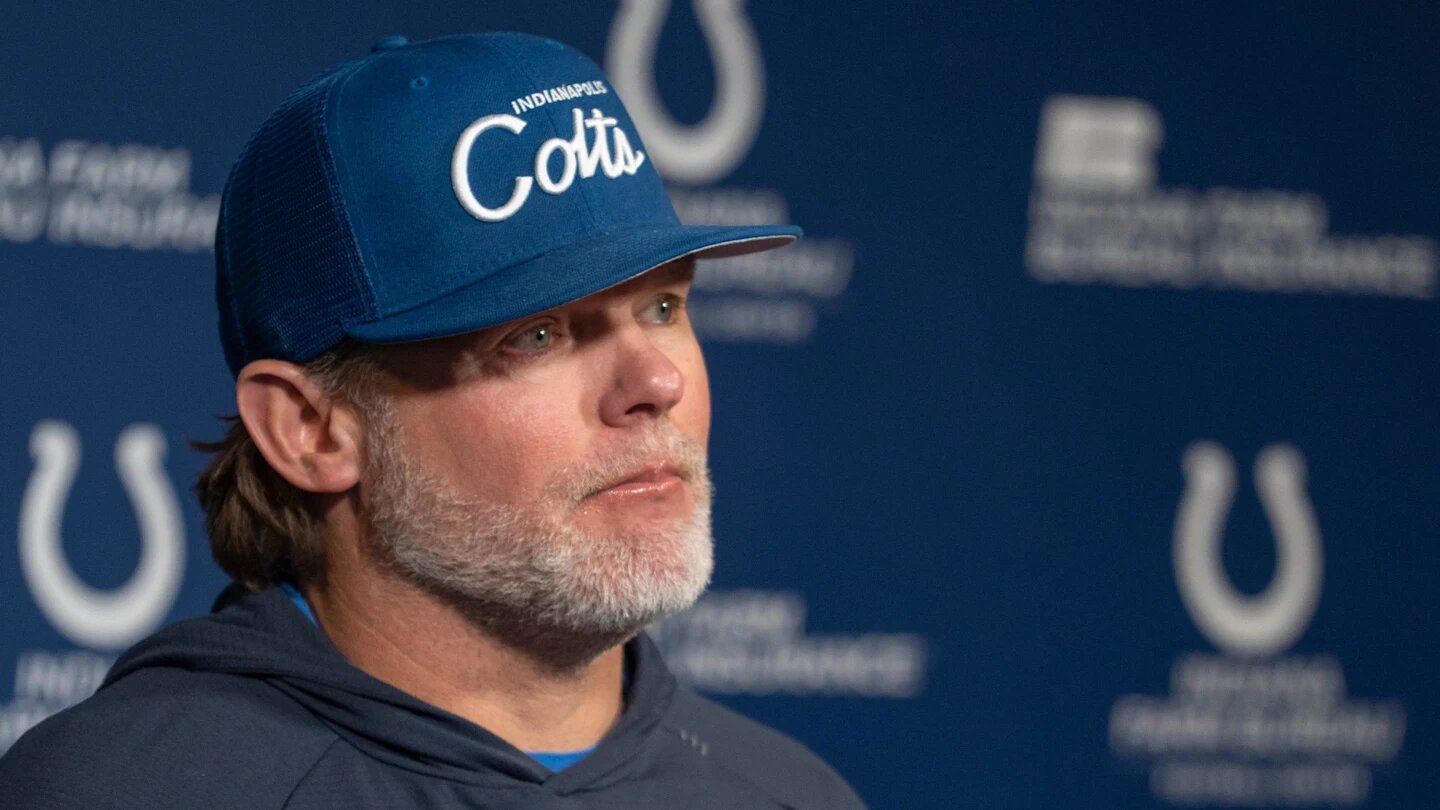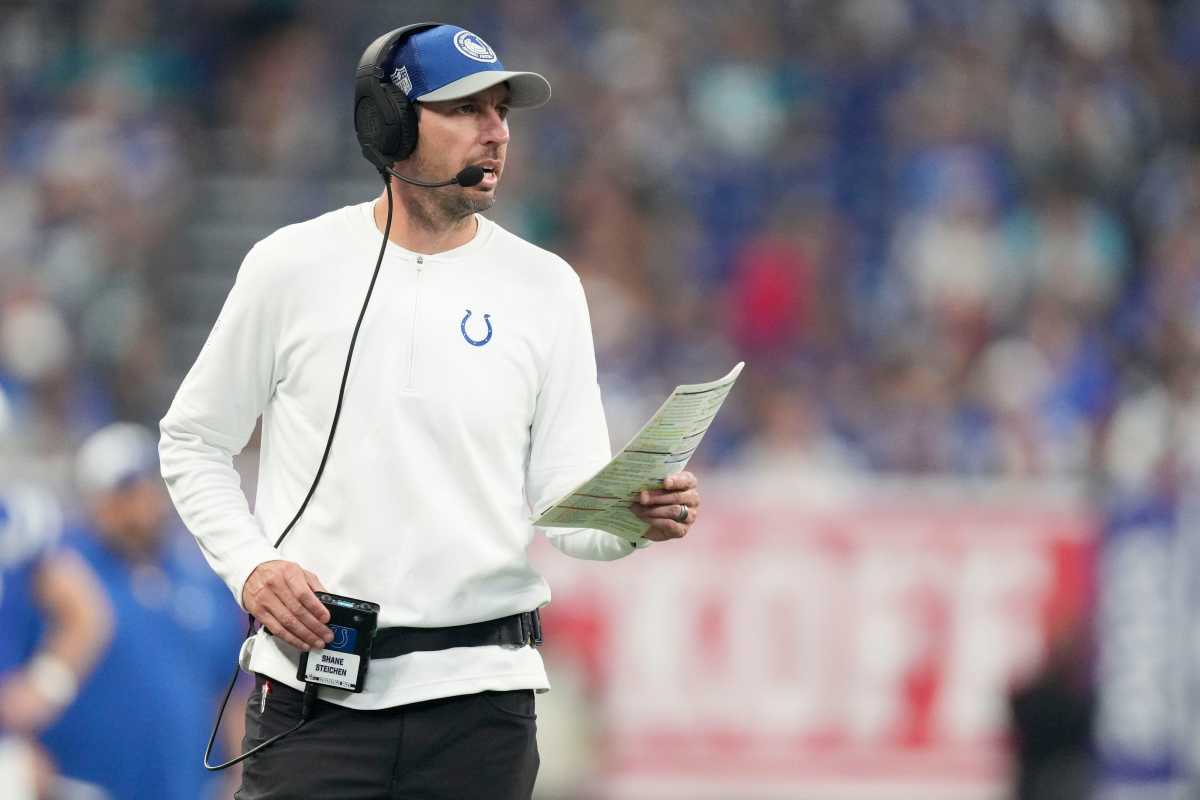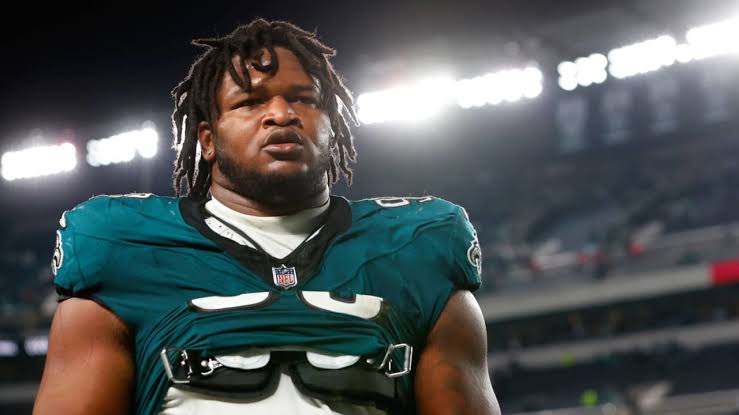The Indianapolis Colts appear poised to redefine their future amid a season demanding swift transformation.
With bold moves in free agency and a fresh approach to letting go of established names, the organization signals its readiness to pivot under intense scrutiny. At the heart of this reinvention is the ambitious decision-making of their general manager, whose evolving strategy blends traditional scouting with modern analytics to forge a team capable of immediate impact while building long-term resilience.
Evolving Draft Philosophy
In a surprising shift from past traditions, the team’s approach to drafting now balances physical traits with collegiate production. Once steeped in a method that prioritized specific attributes, the responsibility now lies in evaluating actual game impact day one. Recent draft prospects such as Josh Downs, Laiatu Latu, and Matt Goncalves exemplify this flexible philosophy—players who may not have boasted superlative physical stats but whose college performances provide solid indicators of potential. By trusting the instincts of his assistant coaches, the management is now equally swayed by immediate contributions and developmental potential, setting a new standard for draft day strategy.
Balancing Immediate Needs with Long-Term Investments
Navigating the fine line between addressing urgent roster needs and securing a future core, the Colts face critical choices in the upcoming draft. Positions like tight end, linebacker, and offensive line have emerged as top priorities. Tactical decisions may likely involve trading down to gather additional draft capital if the market’s elite talents slip away. For instance, players such as Tyler Warren and Colston Loveland, who have been in discussions as possible immediate-impact options, represent a dual-edged decision: they can either anchor the offense from the outset or be part of a broader, cleverly orchestrated trade strategy. This season, every pick is weighed not only on its individual merit but also on how it fits within a large-scale plan aimed at reestablishing the franchise’s competitive edge.
Strategies for a Turnaround Season
The pressure is mounting on the coach and management to deliver immediate improvements. With fewer roster spots filled than in previous offseasons, the Colts face a delicate balancing act between acquiring seasoned veterans on minimum deals and nurturing young talents with high ceilings. Defense, in particular, has become the battleground for both draft selections and free-agent acquisitions, with a keen focus on bolstering coverage and pass-rushing capabilities. The strategy is clear: while offensive positions have free-agent alternatives, strengthening the defensive line and the linebacker corps appears vital for creating consistency and stability on the field. The management’s adaptive approach is evident in their willingness to trade back for added value, illustrating a commitment to both short-term wins and long-term sustainability.
Future Reflections and Broader Implications
The current strategy, marked by a blend of aggressive free agency and a refined draft approach, signifies more than just adjustments—it represents a cultural shift within the organization. The willingness to let go of established players and embrace new talents highlights an era where production and adaptability are paramount. As the season unfolds, the success of these decisions will likely determine not only the immediate turnaround but also set the tone for the franchise’s evolution in the years ahead. The Colts are not just aiming for a fleeting victory; they are laying down the blueprint for sustained excellence in a fiercely competitive league. This season is a bold experiment, one that could well redefine the organizational identity and influence how games are won in the future.



